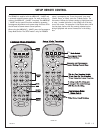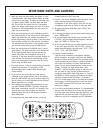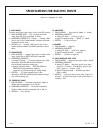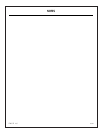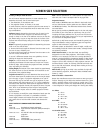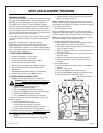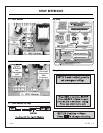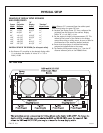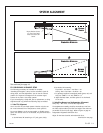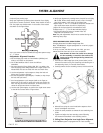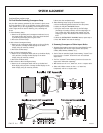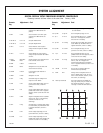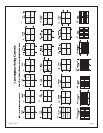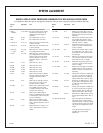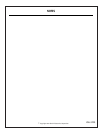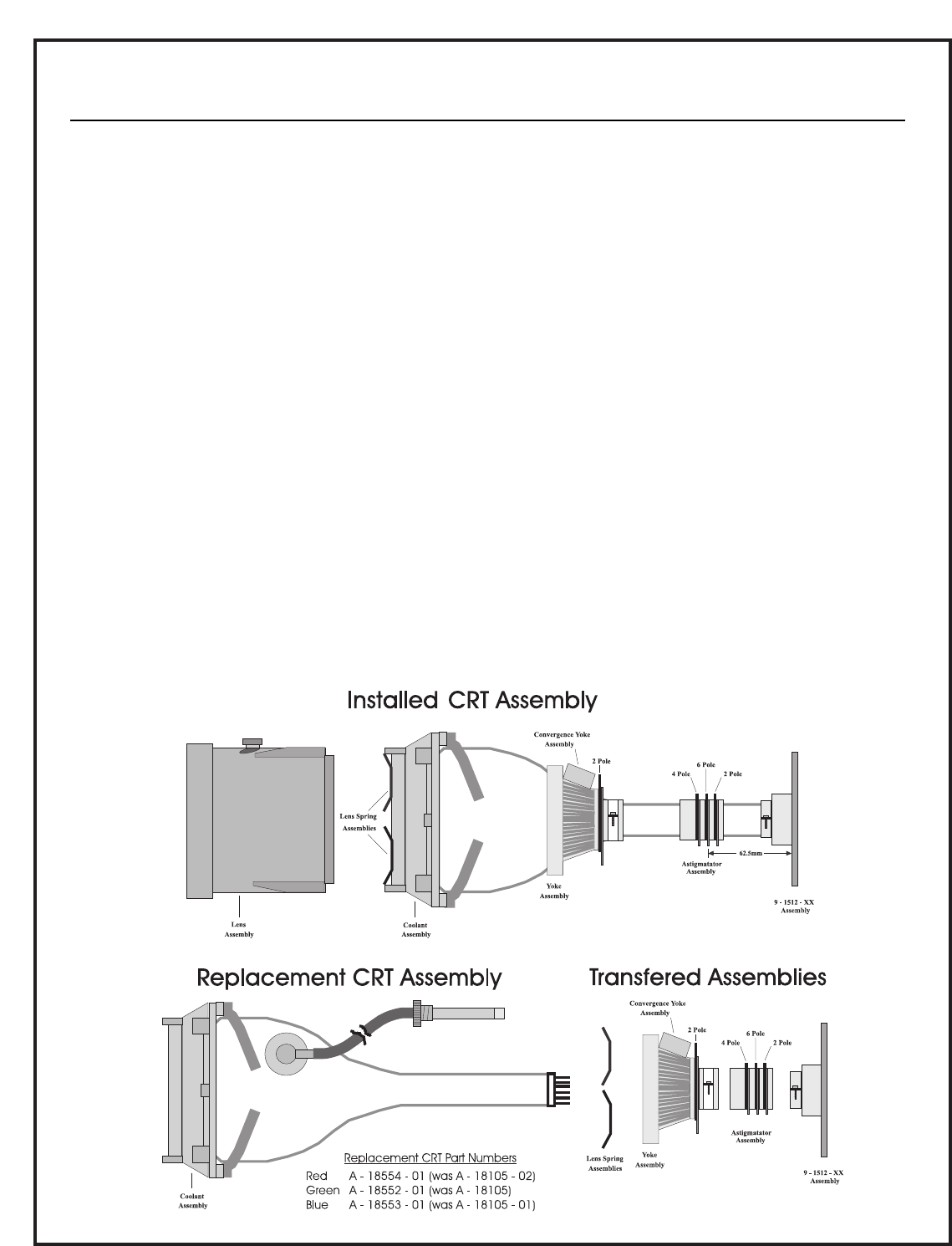
SYSTEM ALIGNMENT
PAGE 24
206-3634
Continued from previous page
IV. Final Detailed Geometry/Convergence Setup
Use the video patterns generated by the customer’s signal source
for final alignment. If this is not possible, use the internal cross
hatch pattern only to do the geometry and convergence. The cus-
tomer’s signal must be used for blanking, size, centering and
phase.
1. Green Geometry Setup
a. Return to the geometry and convergence modes and set up
the Green display with precision. Each step should be done
by measuring the display and not guess work.
b. Now store the Green setup.
2. Red to Green Convergence Setup
a. Return to the convergence mode and set up the red display
with precision. Converge the Red display to the Green
display using all necessary controls.
b. Now store the Red setup.
3. Blue to Green Convergence Setup
a. Return to the convergence mode and set up the Blue display
with precision. Converge the Red display to the Green
display using all necessary controls.
b. Now store the Blue setup.
4. Red to Green to Blue Convergence Setup
a. Return to the convergence mode and set up the Red and
Blue display with precision. Converge the Red display to the
Green display using all necessary controls.
b. Now store the completed setup.
5. Video Blanking Setup Using the Customer’s Signal
a. Access the Blanking/Phase feature of the setup menu.
b. Select the TOP/LEFT BLANKING feature.
c. Using the small arrows adjust the top and left edges
(increasing the setting number) until the edge begins to
crop or frame the video. Decease the number until the
cropping just stops. Now decease the number value two
more.
d. Select the BOTTOM/RIGHT BLANKING feature, repeat step c.
e. Press ADJ TOGGLE and save the settings.
V. Geometry/Convergence of Other Aspect Ratios
1. Geometry/Convergence setup must be accomplished for each
required aspect ratio of each signal format used (Video,
S-Video, RGB, VGA400, VGA480, etc.).
2. Each of the ten standard signal format memory “custom” loca-
tions also has a “custom” location for each of associated
aspect ratios.
3. The five “customer” format memory locations also store the
aspect ratio information separately.
4. RGB sources use the 4 x 3, letter box, or 16 x 9 aspect ratios.
5. Video and S-Video sources use the 4 x 3, letter box,
Compressed, and 16 x 9 aspect ratios.



